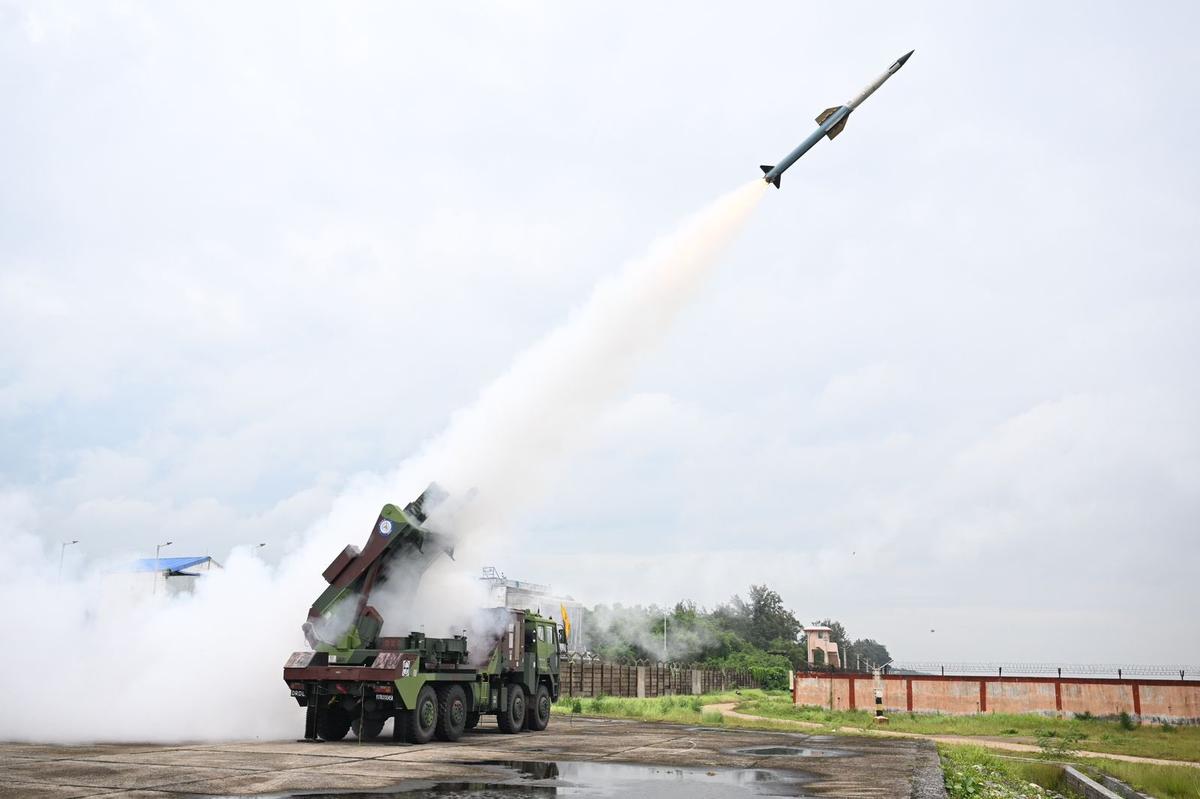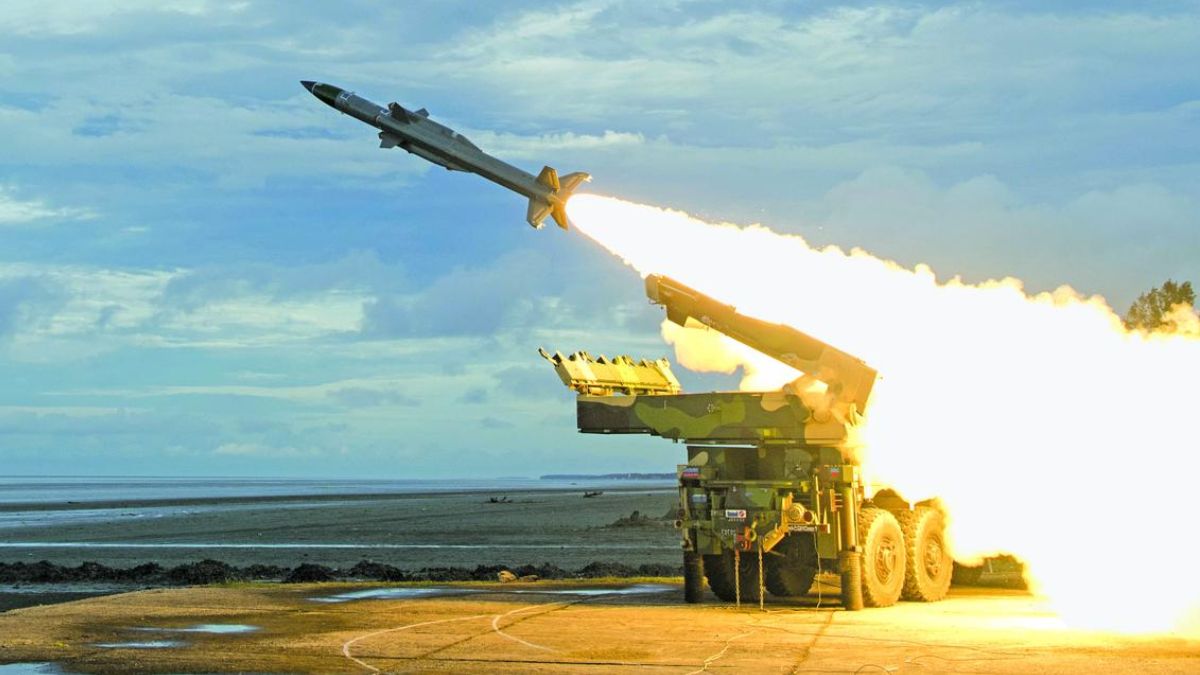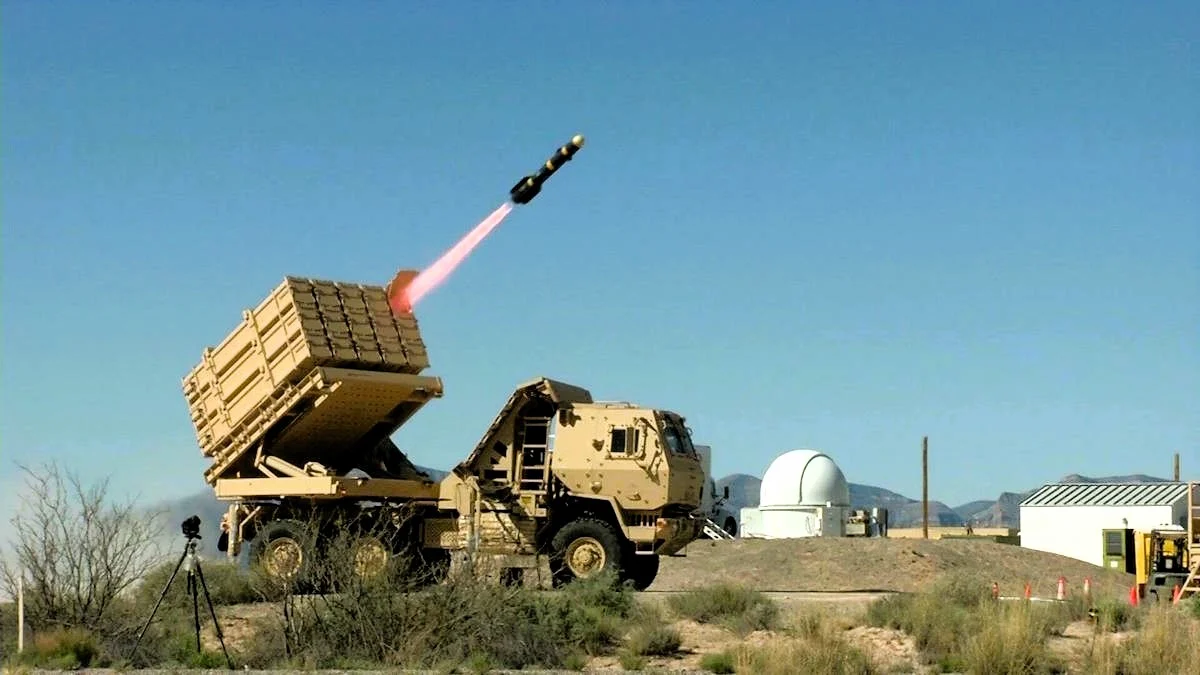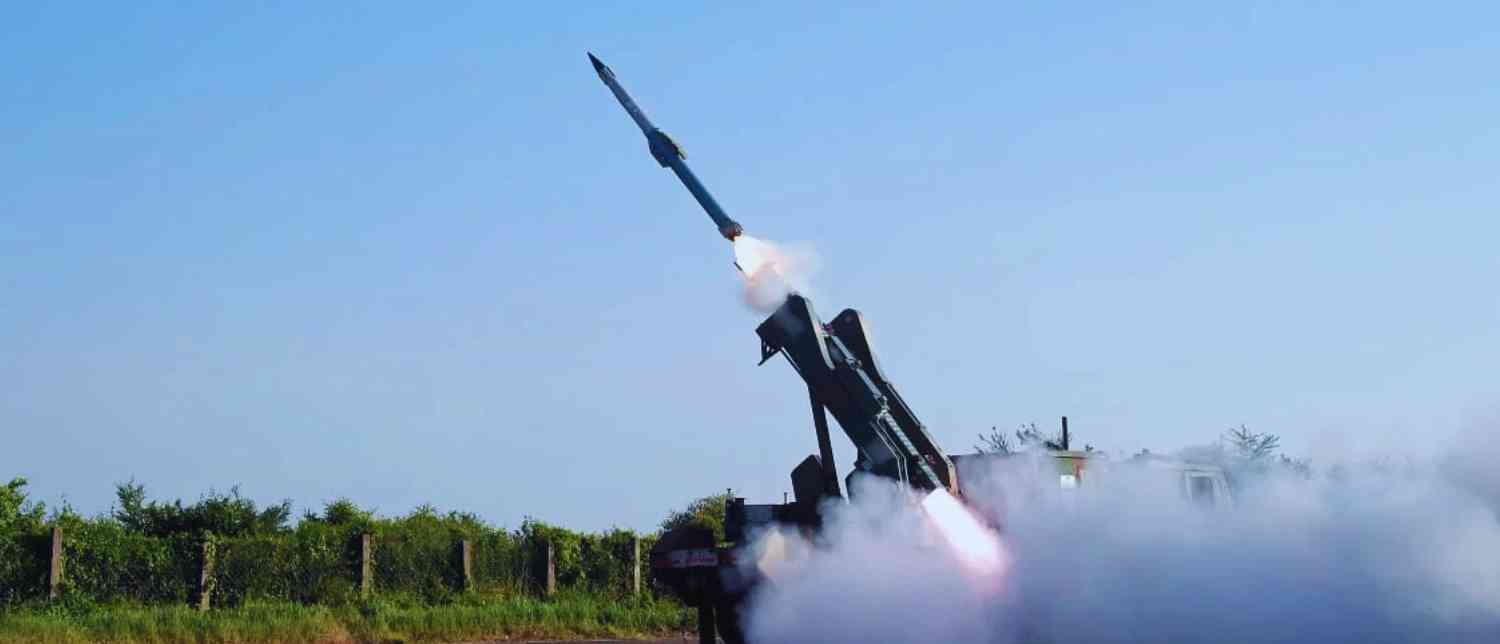India has achieved a major breakthrough in its defence technology by successfully testing its first multi-layered air defence system. The Defence Research and Development Organisation (DRDO) confirmed on Sunday that the system was tested at a coastal range, and it proved capable of detecting, tracking, and neutralizing multiple types of aerial threats, including enemy aircraft, drones, and ballistic missiles.

This achievement puts India among a select group of nations that possess such advanced defence technology. Countries like the United States, Russia, Israel, and China have already developed their own multi-layered protection systems, and now India has joined that list.
A “multi-layered” air defence system is designed to provide protection at various ranges and altitudes. In simple terms, it works like a protective shield around sensitive areas such as major cities, nuclear power plants, and military bases.
-
First layer: Detects and destroys enemy weapons or aircraft at a long distance.
-
Second layer: Targets any threats that may slip past the first shield.
-
Third layer: Protects against weapons that come very close, ensuring last-resort safety.
In the latest test, India’s system tracked a simulated enemy missile and shot it down mid-air with high precision. According to DRDO scientists, this technology is fully indigenously developed, which means it is made in India without depending heavily on foreign technology.

India’s security environment has always been complex due to its long borders and regional tensions. With new challenges like drones and long-range missiles, countries need stronger defence systems. Until now, India largely depended on imported defence equipment, but this successful test shows increasing self-reliance.
The timing of this test is crucial. In recent years, India has faced frequent drone intrusions across its borders and has also observed rapid military modernization by its neighbors. The new system may not only boost the confidence of the armed forces but also send a message that India is prepared to protect its skies independently.
On social media, the news has been widely celebrated. Many users expressed pride in India’s scientific community and the armed forces. However, some experts also pointed out that such systems are usually expensive and require constant upgrades to remain useful against modern threats.
Defence analysts suggest that while the system’s success is a big step, India should continue to invest in cybersecurity, space-based surveillance, and artificial intelligence for future warfare, since modern conflicts are no longer limited to just missiles and fighter jets.

This achievement is undoubtedly a moment of national pride, but it also raises questions about the global arms race. Every time one country develops advanced defence technology, others also feel the need to upgrade their systems. While India has the right to secure its people and borders, experts say it is equally important to encourage dialogue and peace-building measures in the region.
In the long run, technology like this may provide safety, but true security will also depend on diplomacy, trust, and cooperation between nations.
With inputs from agencies
Image Source: Multiple agencies
© Copyright 2025. All Rights Reserved. Powered by Vygr Media.

























